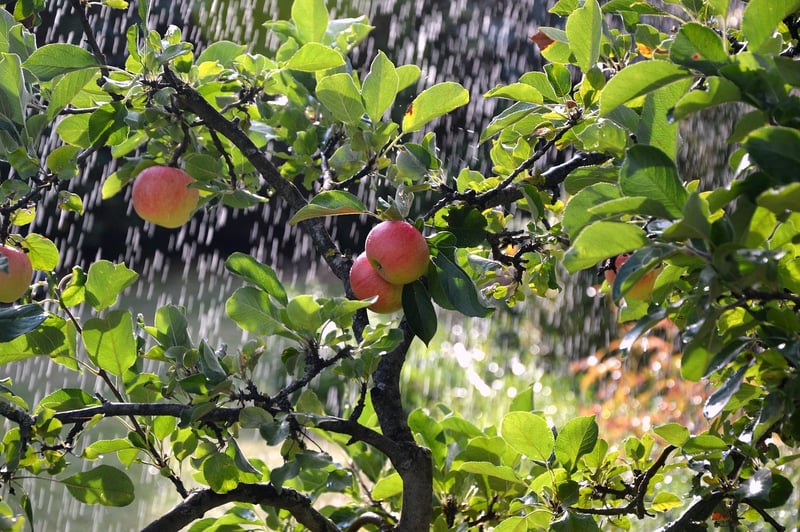Irrigation Methods
Essential Setup Advice for Efficient Irrigation
Introduction
Ensuring proper irrigation is essential for maintaining a healthy garden or farm. From setting up the irrigation system to choosing the right methods, each step plays a crucial role in the success of your plants. Let's explore some essential setup advice and various irrigation methods to help you achieve efficient watering.
1. Plan Your Irrigation System
Before installing an irrigation system, carefully plan out the layout of your garden or fields. Consider factors such as the types of plants, soil type, sun exposure, and water source. This will help you determine the best placement for sprinklers or drip lines.
2. Choose the Right Equipment
Invest in high-quality irrigation equipment such as hoses, sprinklers, drip emitters, and timers. Ensure that the equipment is suitable for the size of your garden or farm and the water requirements of your plants.
3. Optimize Water Efficiency
Maximize water efficiency by setting up a system that delivers water directly to the roots of plants. Drip irrigation is a great option as it reduces water waste by avoiding evaporation and runoff.
4. Implement Smart Irrigation Techniques
Consider using smart irrigation techniques such as soil moisture sensors, weather-based controllers, and rain sensors. These technologies can help you adjust watering schedules based on real-time weather conditions and plant needs.
5. Regular Maintenance
Regularly inspect and maintain your irrigation system to ensure it functions optimally. Check for leaks, clogs, and damaged components. Clean or replace filters as needed to prevent blockages.
Irrigation Methods
1. Sprinkler Irrigation
Sprinkler irrigation is a common method that involves spraying water over the plants like rain. It is suitable for a wide range of crops and can cover large areas efficiently.
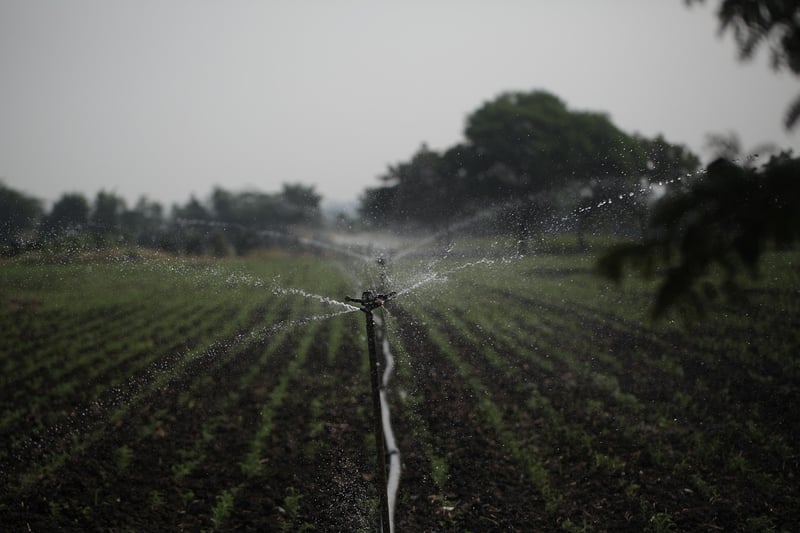
2. Drip Irrigation
Drip irrigation delivers water directly to the base of plants through a network of tubes and emitters. It is highly efficient, reduces water wastage, and is ideal for conserving water in dry regions.
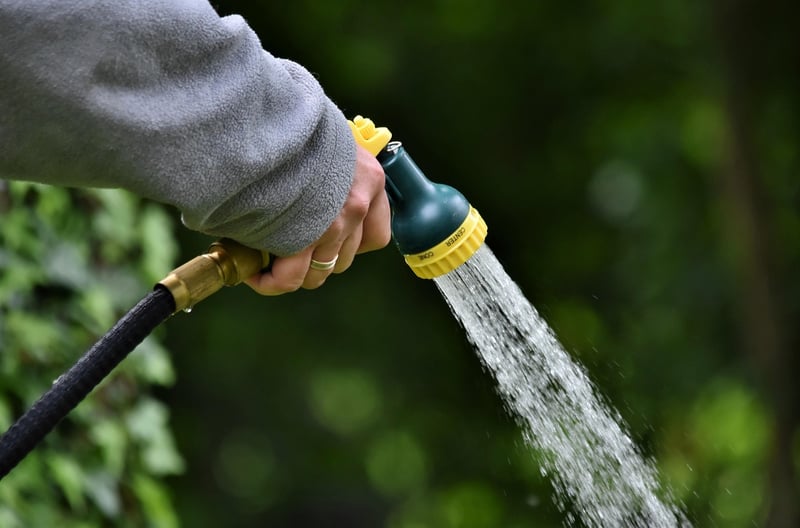
3. Subsurface Irrigation
Subsurface irrigation involves delivering water below the soil surface directly to the plant roots. This method reduces evaporation and minimizes weed growth, promoting healthier plant growth.
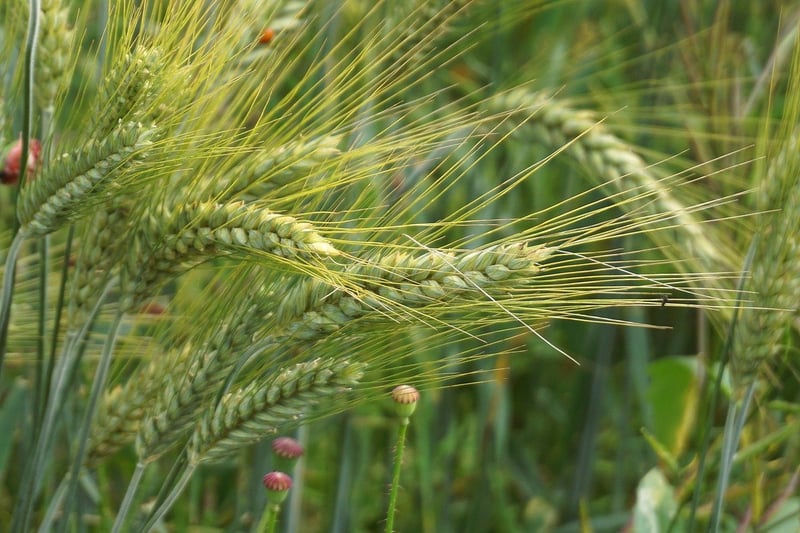
4. Flood Irrigation
Flood irrigation involves flooding the field with water, allowing it to soak into the soil and reach the plant roots. While simple and inexpensive, it can lead to water wastage and soil erosion if not managed properly.
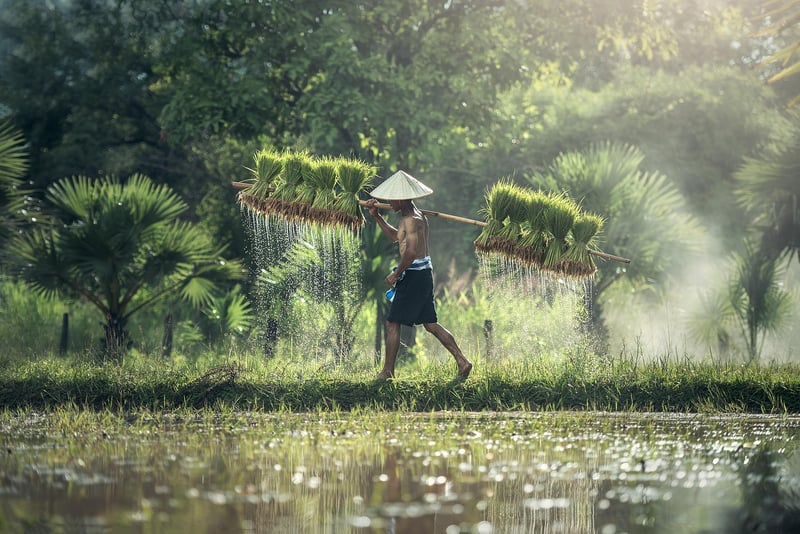
By following these essential setup advice and exploring different irrigation methods, you can create an efficient watering system that promotes healthy plant growth while conserving water resources.
